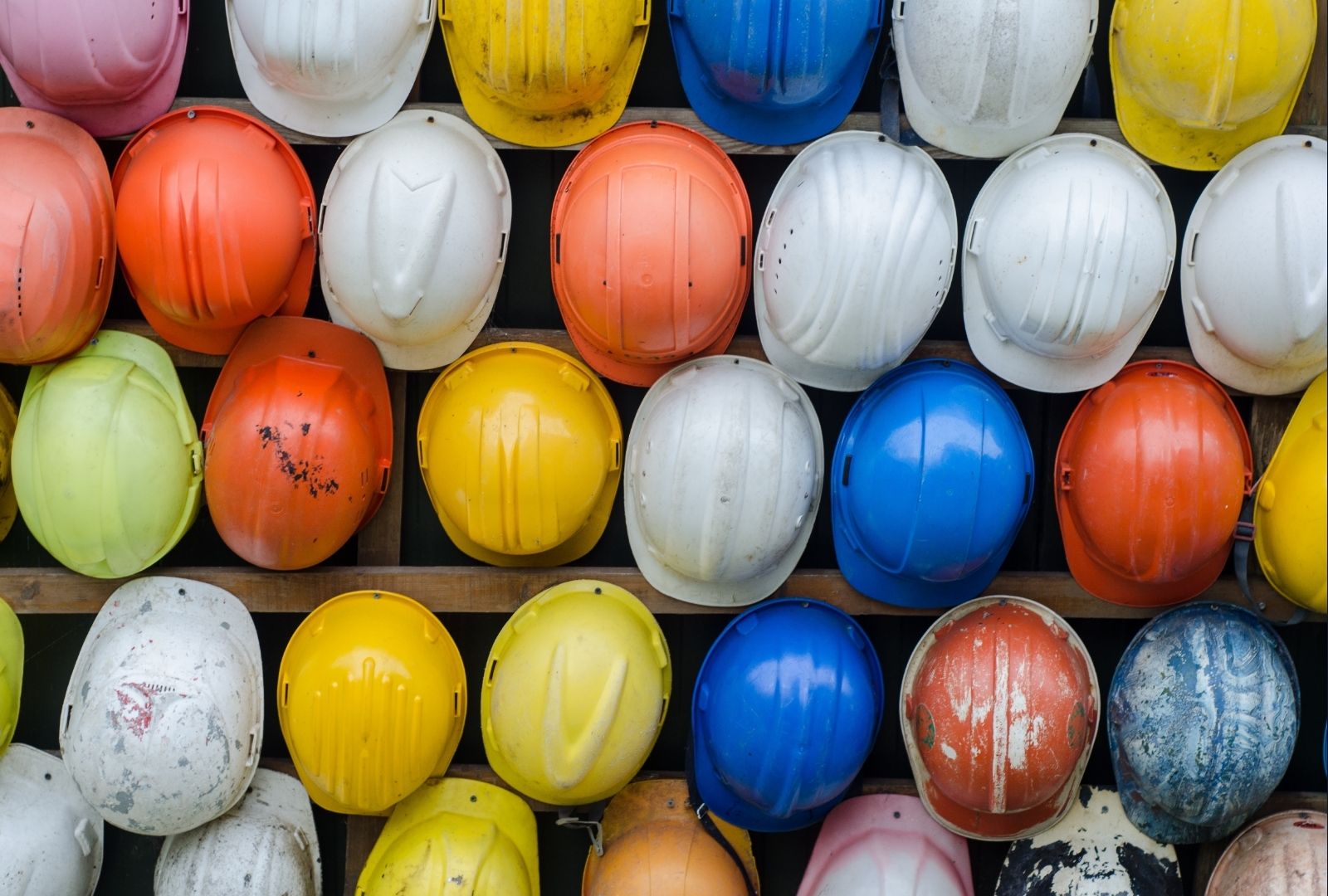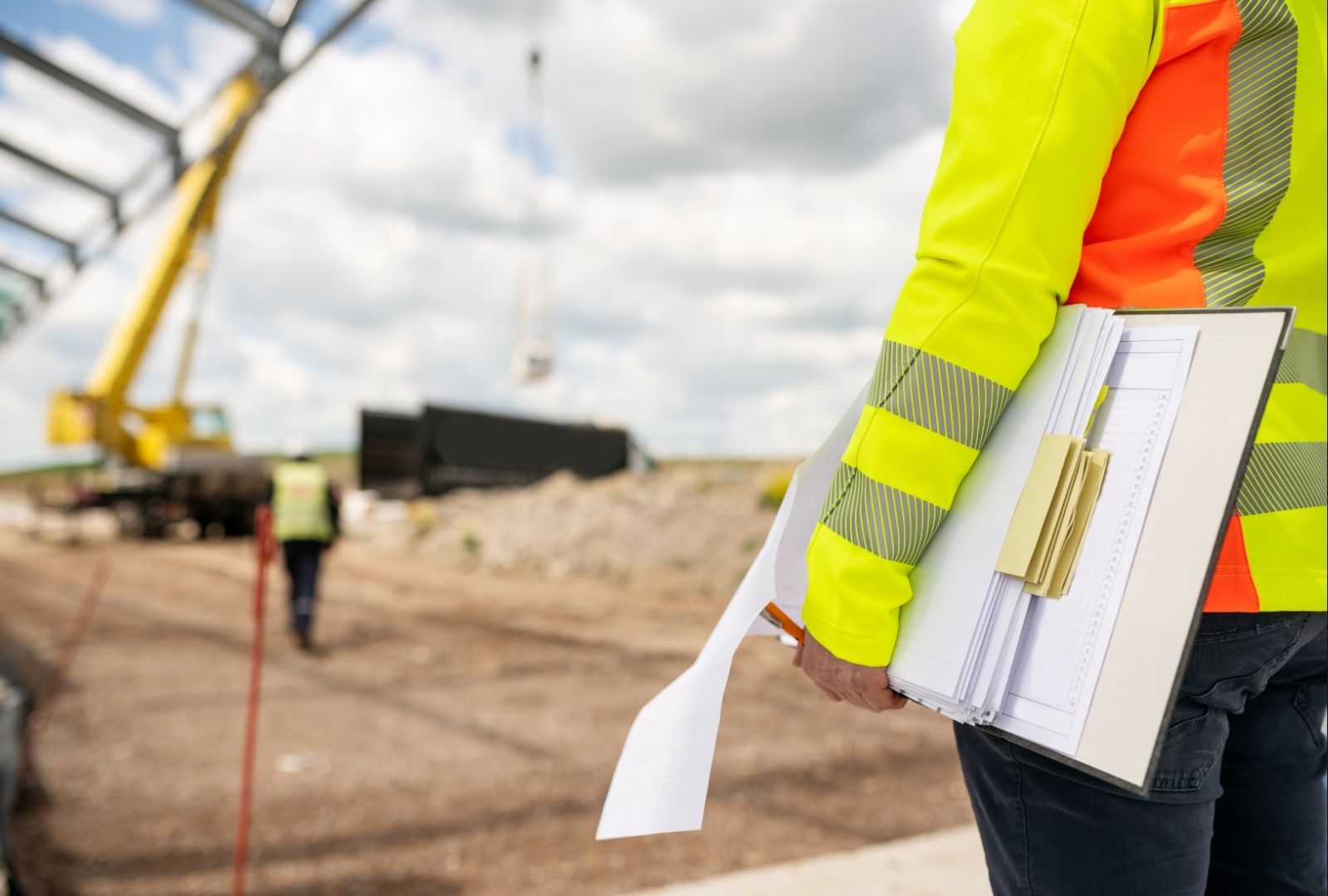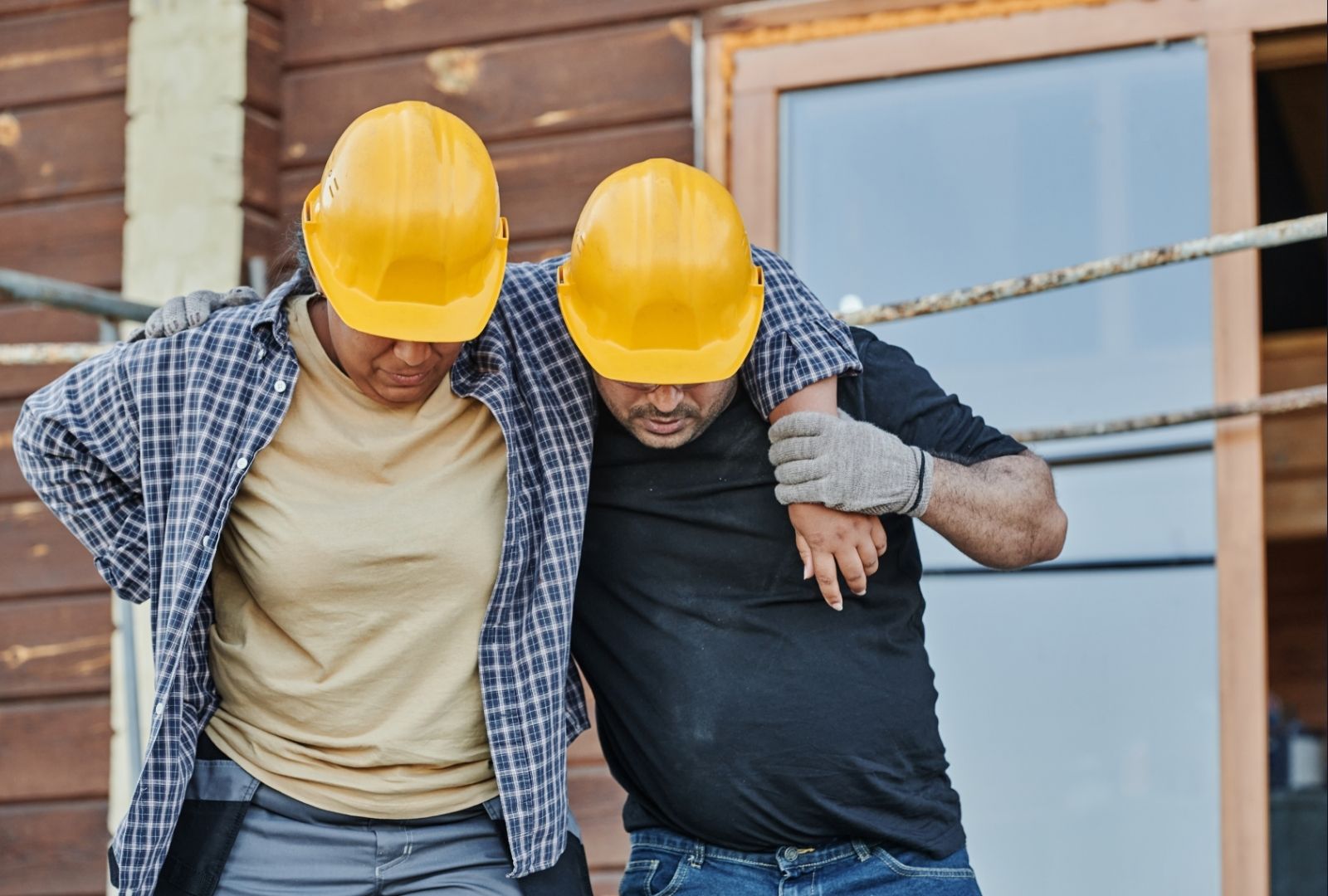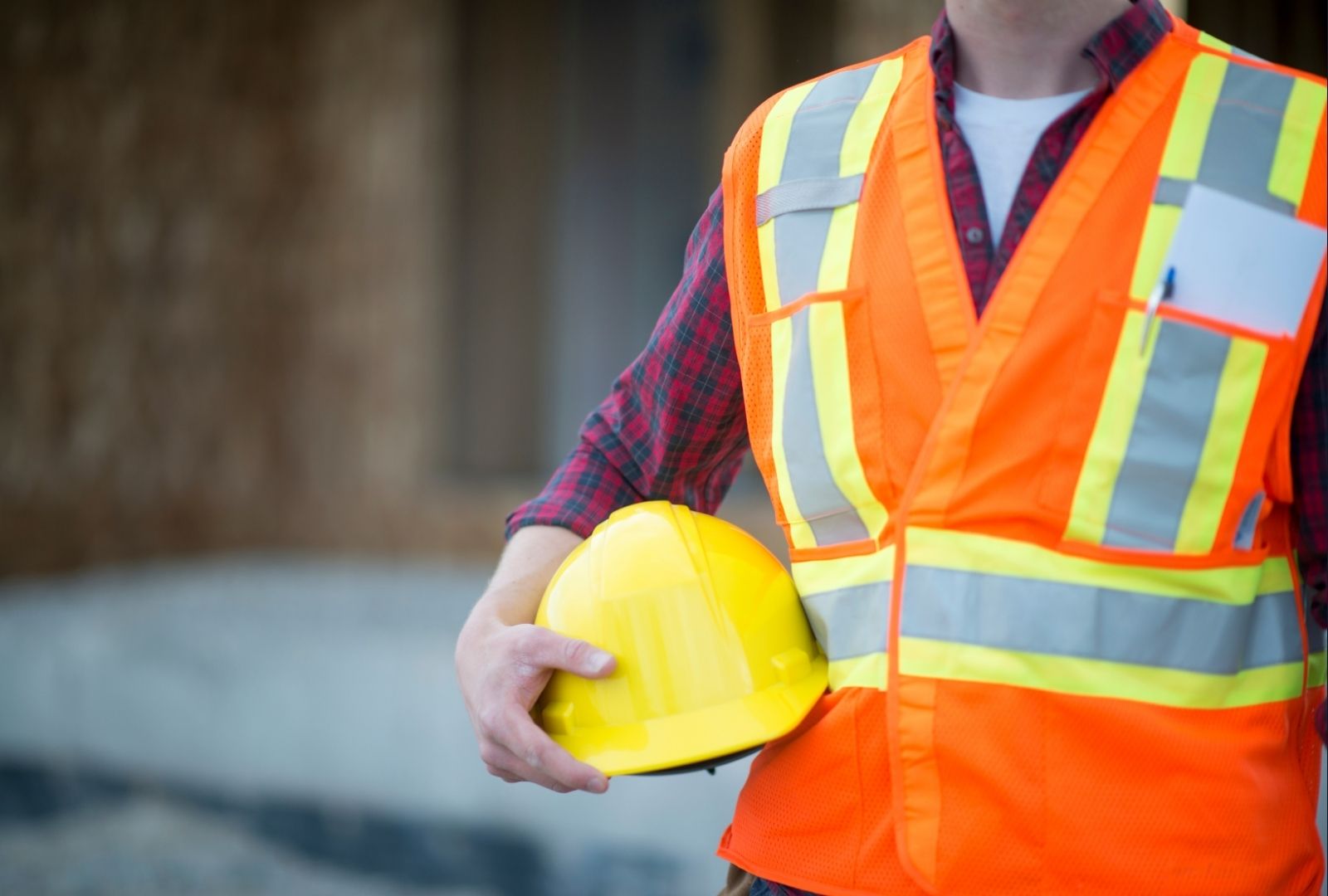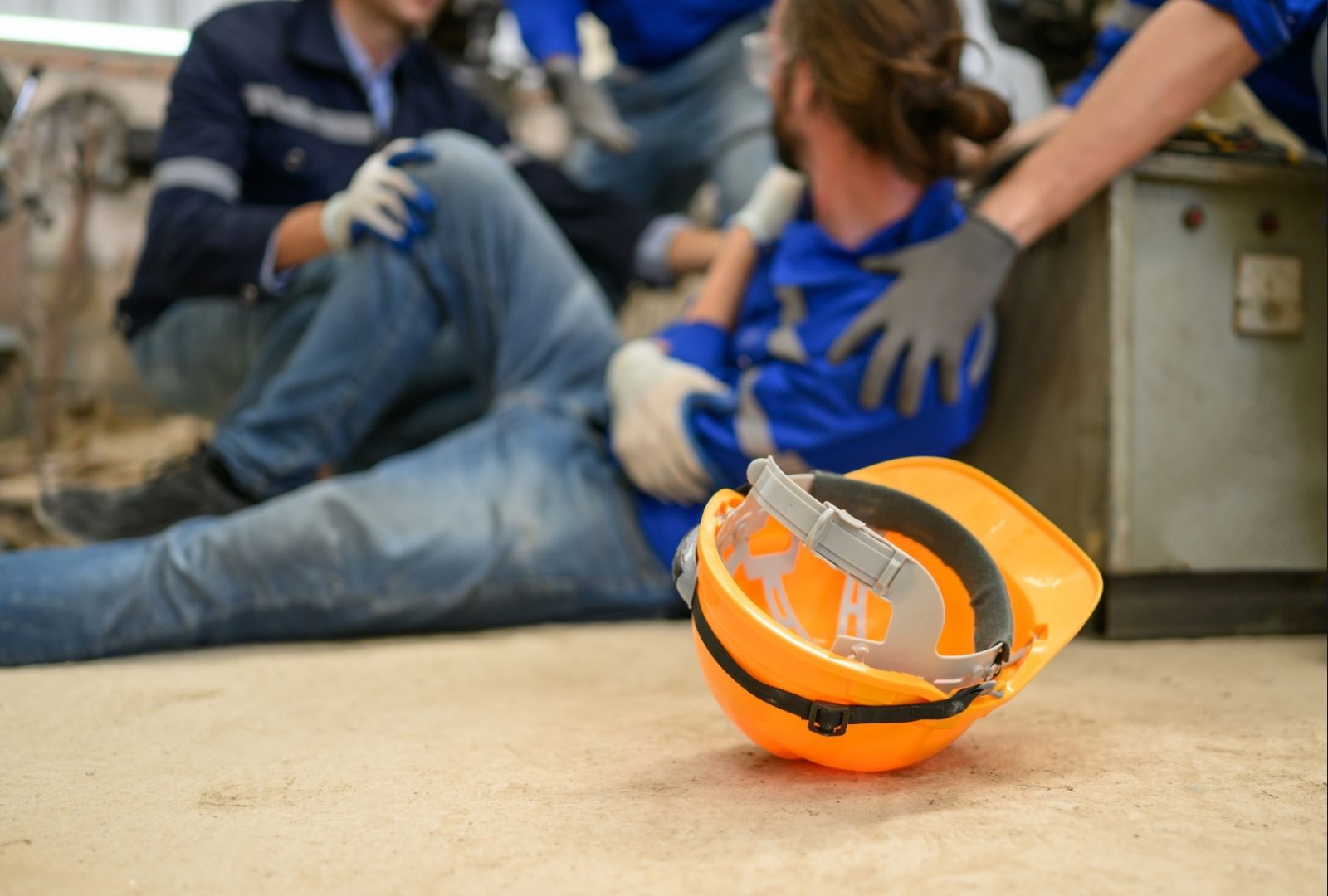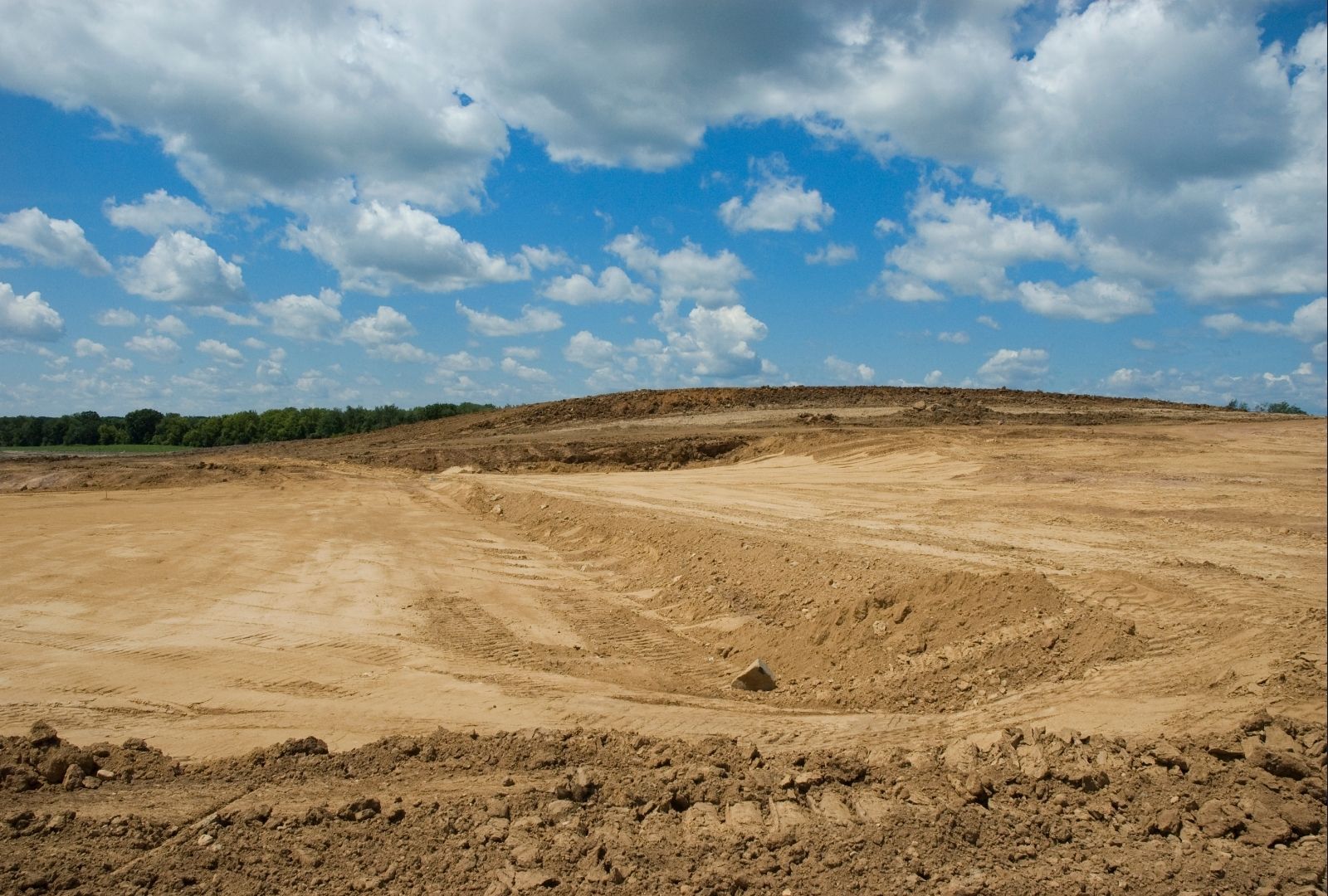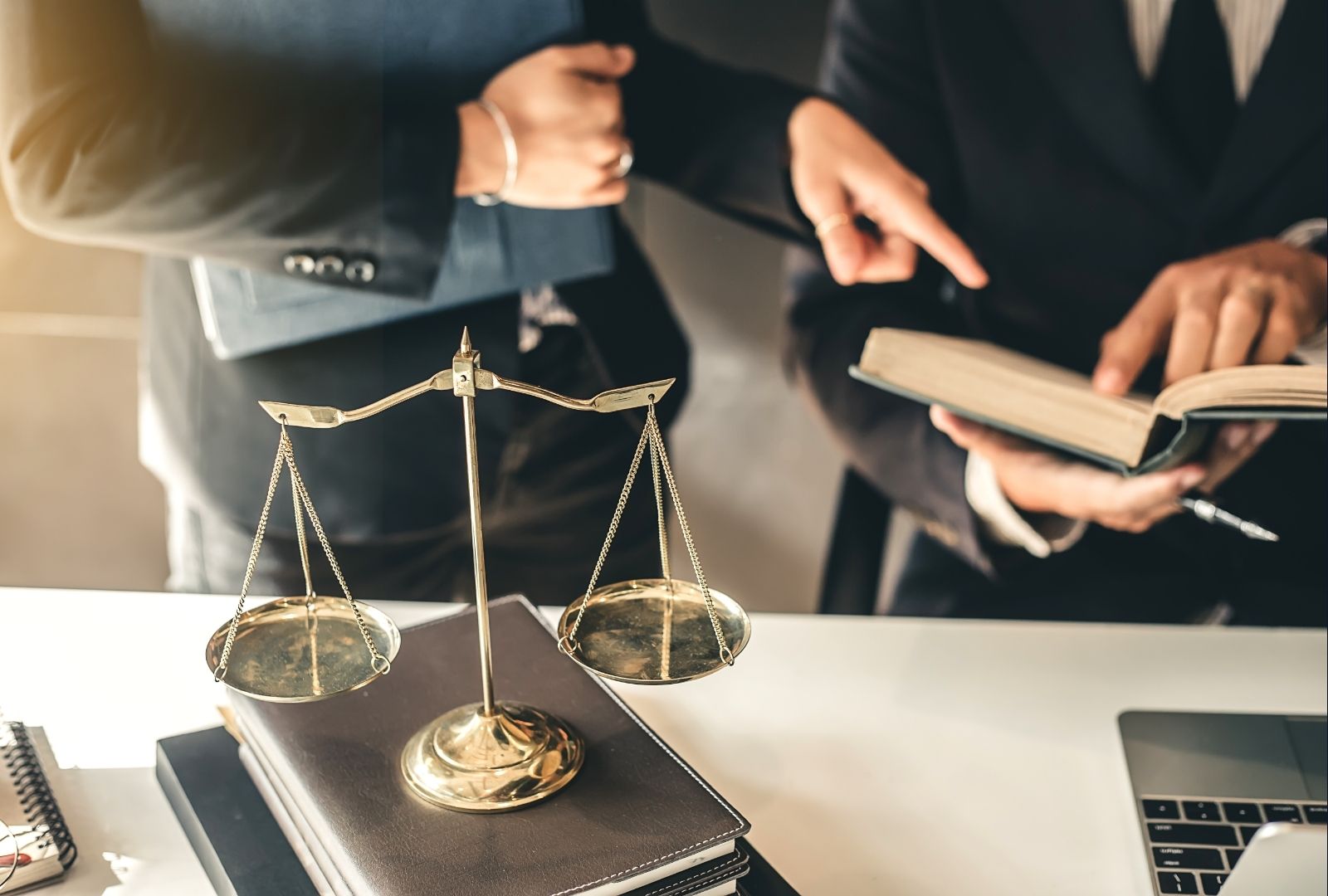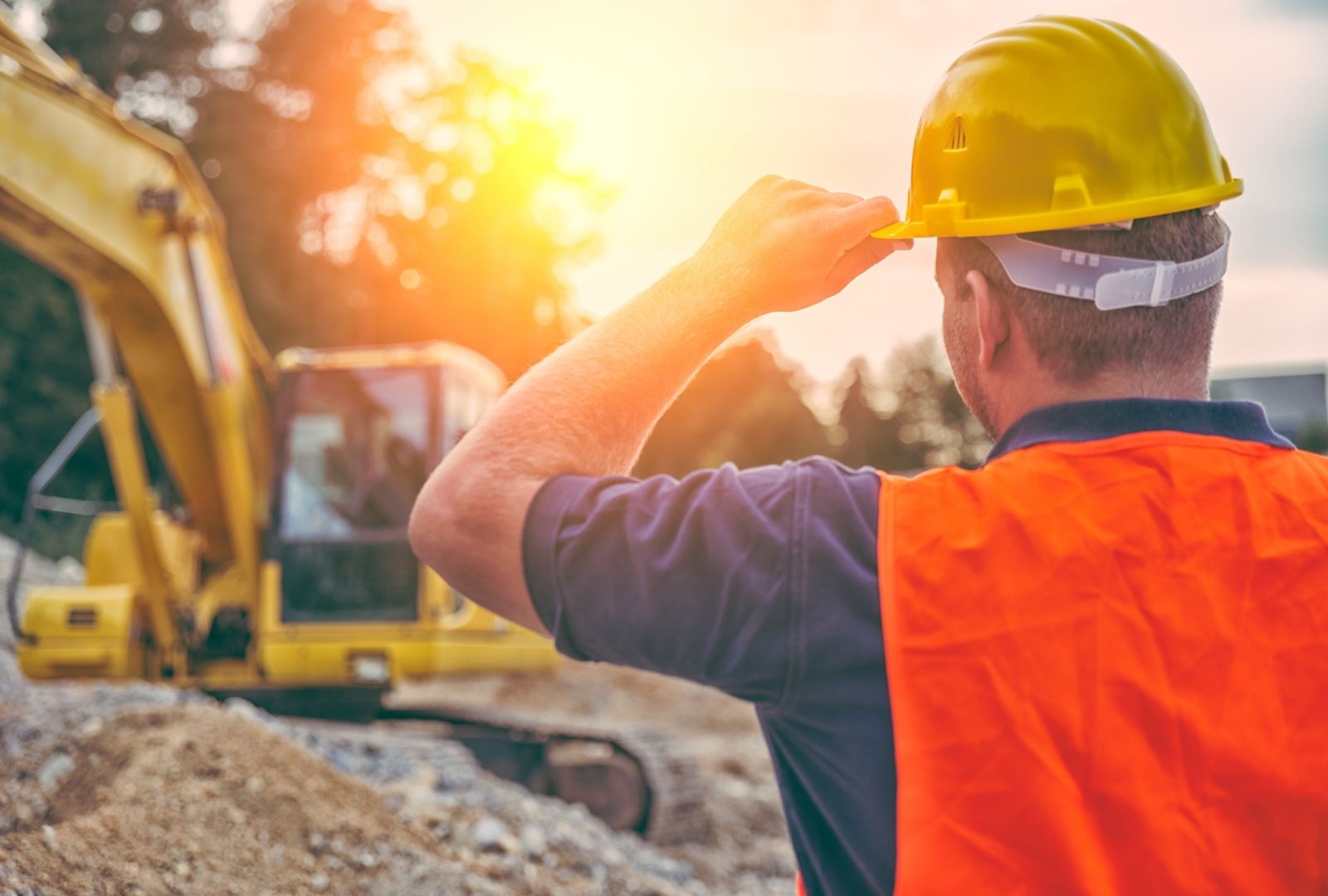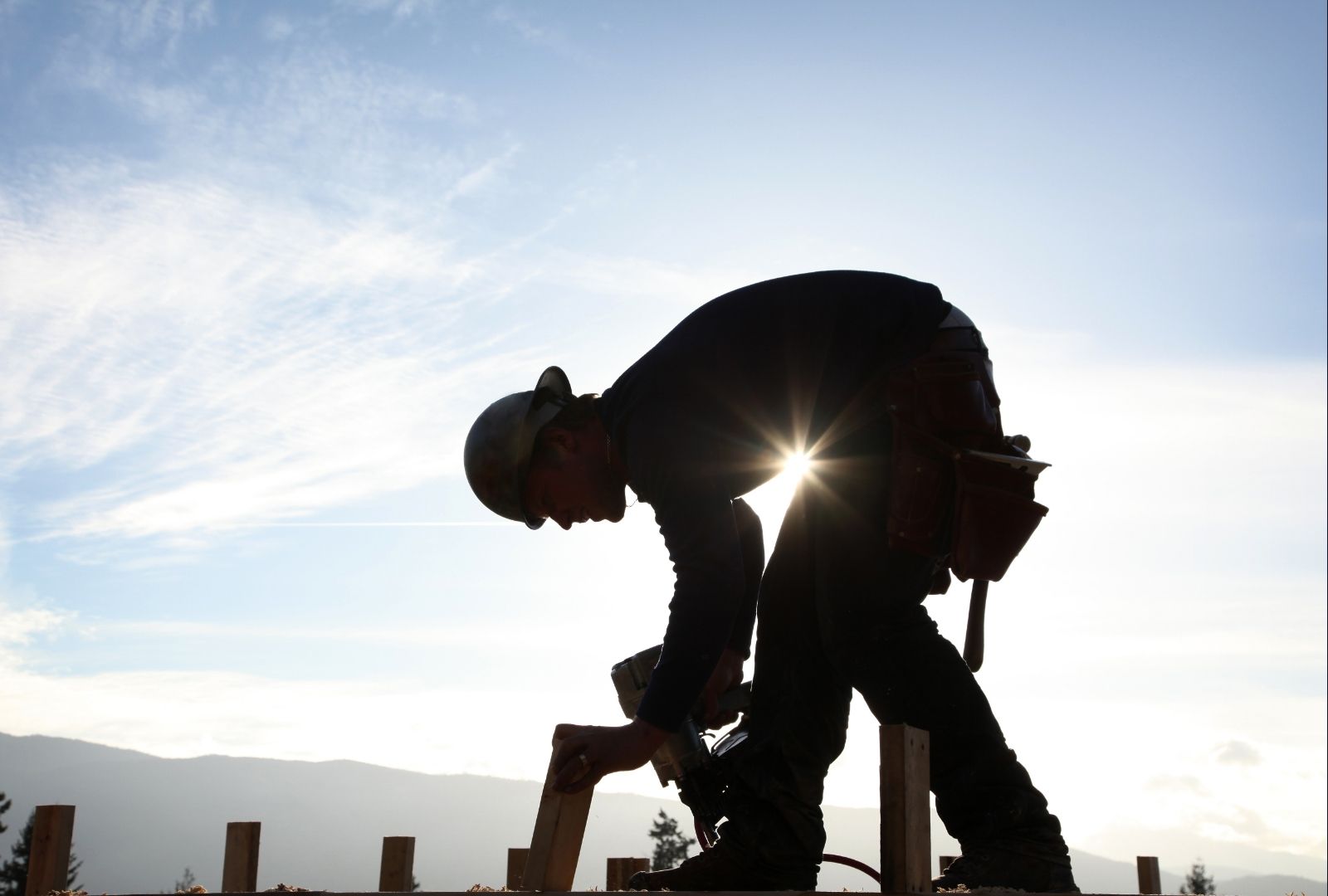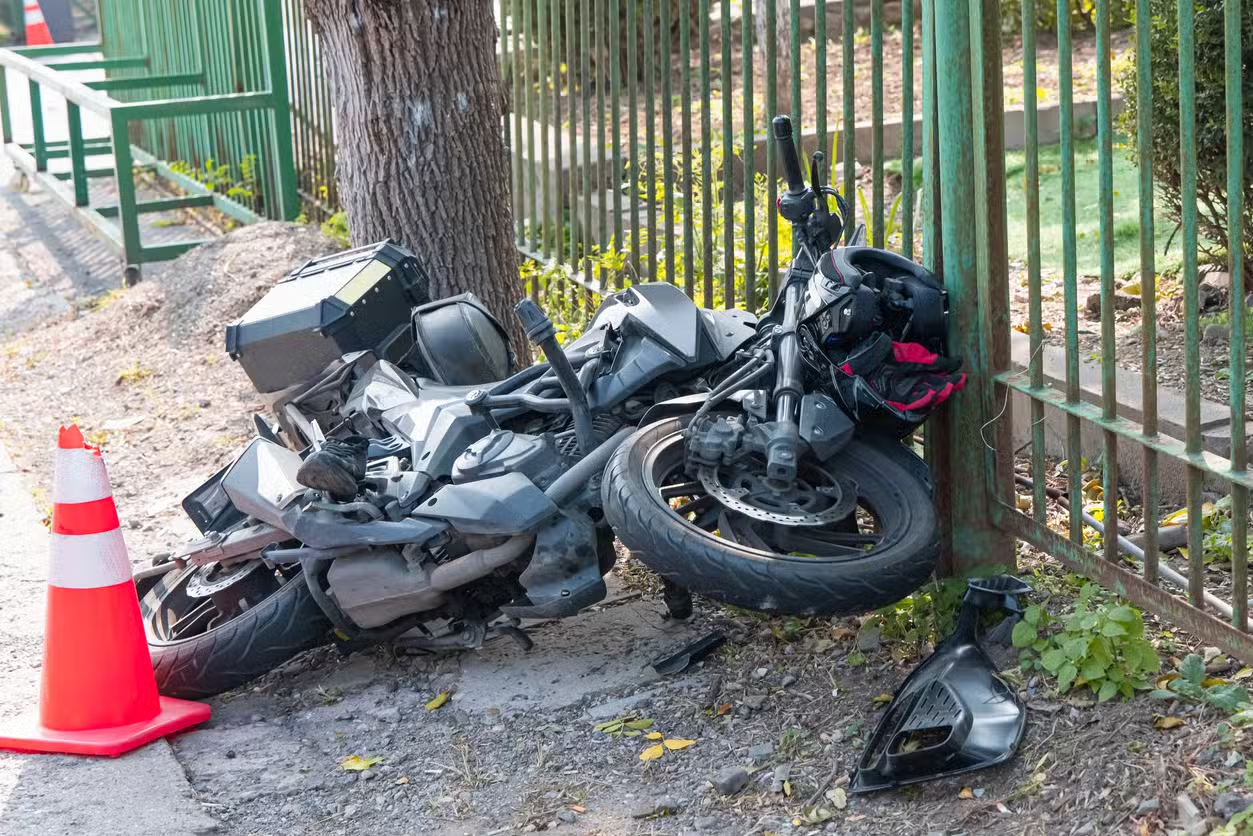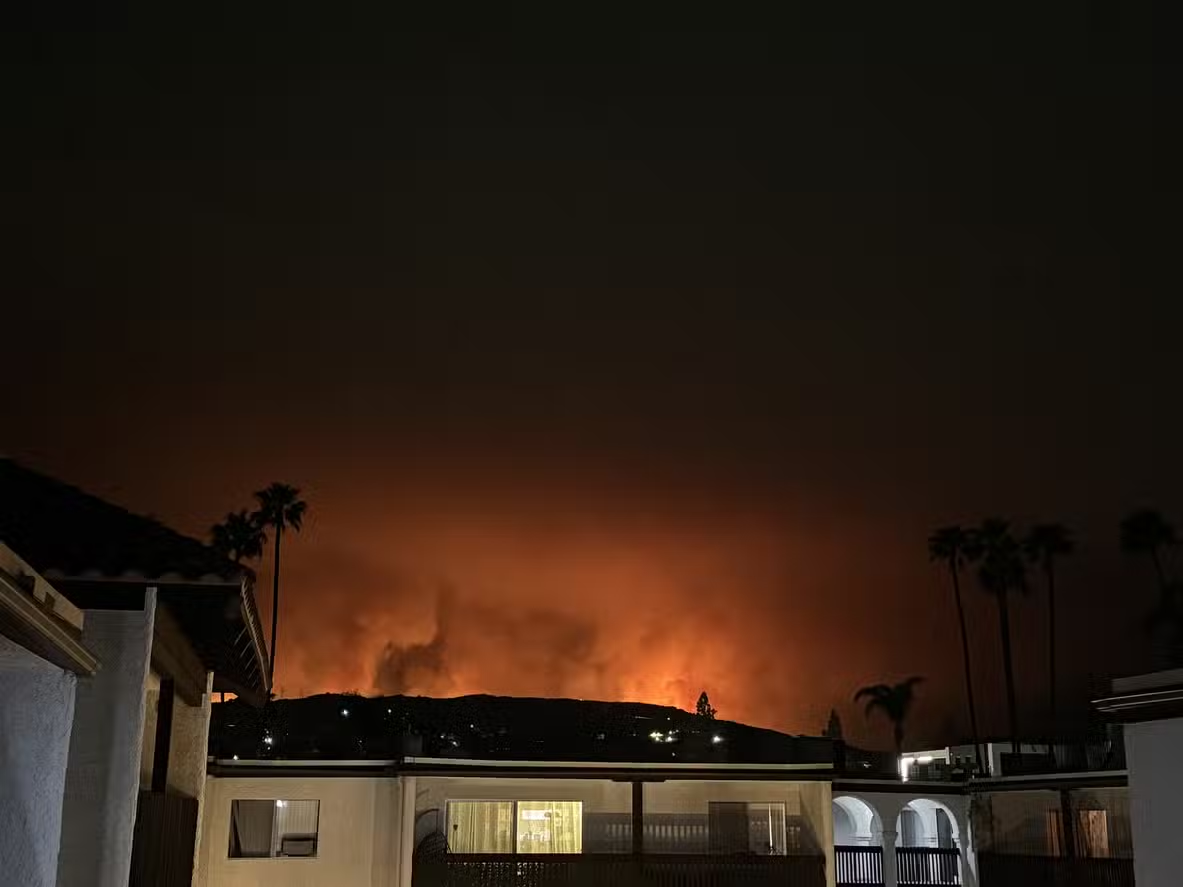Construction disasters often result in tragic loss of life and extensive property damage. But out of these tragedies come changes—many of which lead to stricter safety laws, new OSHA regulations, and industry-wide reforms. Understanding these historic incidents helps explain why today's construction safety standards exist and underscores the importance of compliance.
If you or someone you know has been affected by a serious job site accident, a construction accident attorney can help navigate the complex legal landscape surrounding liability, compensation, and regulatory violations.
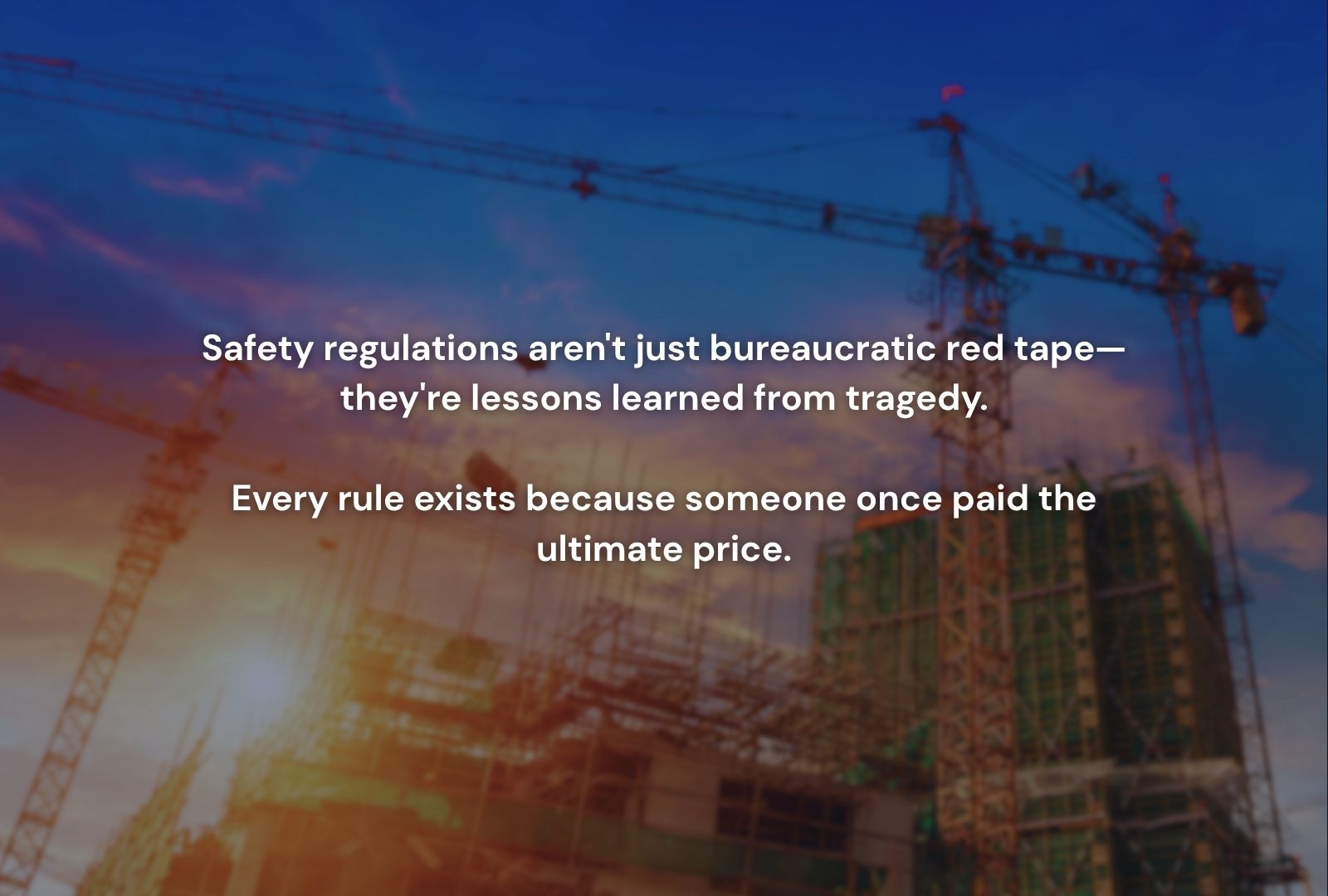
The Willow Island Disaster (1978)
At a power plant in Willow Island, West Virginia, a cooling tower under construction collapsed, killing all 51 workers on the scaffolding. The cause was traced to a rushed construction schedule and improperly cured concrete.
- Impact: The disaster led to stricter rules around scaffold assembly, concrete curing times, and oversight of simultaneous construction activities.
Hard Rock Hotel Collapse (New Orleans, 2019)
A partially constructed hotel in downtown New Orleans collapsed, killing three and injuring dozens. Investigations uncovered structural flaws, poor design coordination, and ignored warnings from workers.
- Impact: Prompted cities across the U.S. to enforce stricter inspection protocols, engineer accountability, and worker safety whistleblower protections.
Boston’s Big Dig Ceiling Collapse (2006)
A tunnel ceiling in Boston’s infamous Big Dig project collapsed due to defective epoxy used to anchor ceiling bolts. One person was killed.
- Impact: This incident led to tighter material testing regulations and emphasized the importance of regular inspection during all construction phases.
NYC Crane Collapse (2008)
A 200-foot tower crane collapsed in Manhattan, killing seven people and damaging adjacent buildings. Poor rigging and lack of communication were contributing factors.
- Impact: Resulted in New York City strengthening crane inspection requirements and certification processes for operators and safety inspectors.
Hyatt Regency Walkway Collapse (1981)
In Kansas City, two walkways suspended above a hotel atrium collapsed, killing 114 and injuring over 200—the deadliest structural collapse in U.S. history (excluding terrorist attacks).
- Impact: Led to nationwide reforms in architectural design review, connection design accountability, and quality control procedures.
Why These Events Still Matter Today
Every modern job site safety regulation—from fall protection to load testing—has roots in past failures. These disasters serve as cautionary tales and training tools, ensuring new generations of builders prioritize safety.
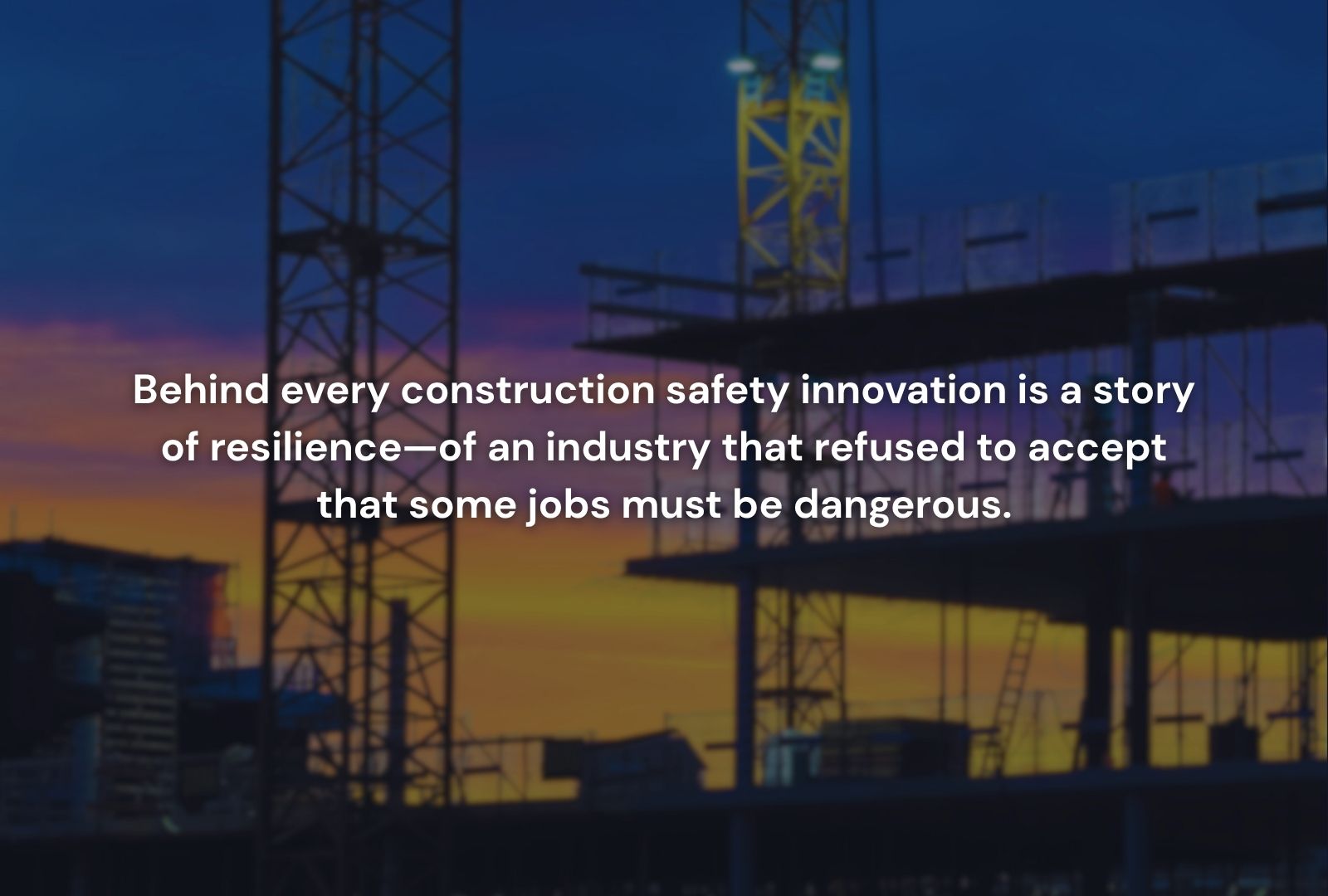
Building a Safer Industry: What YouCan Do
While some safety advancements result from tragedy, proactive action still matters. Construction workers and site managers should:
- Conduct daily safety briefings
- Follow OSHA protocols strictly
- Report unsafe practices immediately
- Maintain proper documentation, including a construction accident report for any incident
Learn More About Legal Support After Site Accidents
Understanding how construction disasters lead to regulatory change also highlights the importance of legal recourse for victims of negligence:
- Construction site accident attorney: These lawyers help injured workers hold negligent parties accountable.
- Deadly construction accidents: Gain insight into how wrongful death claims are handled when safety violations lead to fatalities.
- Common construction accidents: Familiarize yourself with ongoing risks and prevention strategies.
Each of these topics reinforces the need for strong legal support in the aftermath of serious construction incidents.
Conclusion: Safety Laws Are Written in Blood

Behind every safety harness, inspection checklist, and training manual is a story of lives lost or forever altered. Construction disasters change how we build—not just structures, but systems of accountability and protection. By understanding the past, workers and employers alike can help prevent the next avoidable tragedy.




